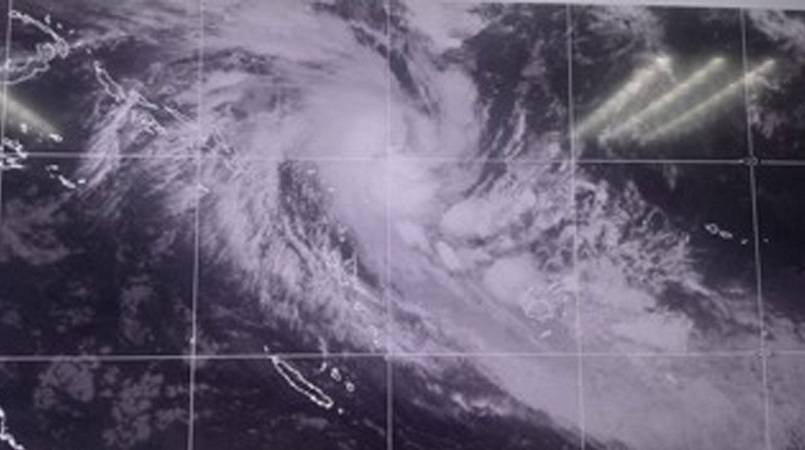
Tropical Cyclone Mal is now a category two system.
The earlier Tropical Depression was upgraded to a category one cyclone last night, and as predicted is now a category two system.
Fiji Meteorological Service Acting Director, Bipen Prakash says they expect it to remain a category two.
“Tropical Cyclone Mal has further developed into category two system earlier this morning at around 6am. While we are expecting that it will maintain category two status, we are very carefully monitoring its further development.”
For a Category 2 cyclone, you can expect the following conditions and impacts:
1. Wind Speeds: Category 2 cyclones have sustained wind speeds ranging from 96 to 110 knots (111 to 129 miles per hour or 178 to 208 kilometers per hour). These winds can cause significant damage to buildings and infrastructure.
2. Damage: Category 2 cyclones can lead to damage to roof structures, windows, and doors. They can also uproot trees, causing power outages and disruptions to transportation.
3. Flooding: Heavy rainfall associated with a Category 2 cyclone can result in flooding, especially in low-lying areas and near riverbanks. This can lead to flash floods, making travel dangerous.
4. Storm Surge: Storm surges are typically more pronounced in Category 2 cyclones compared to lower categories. This can result in coastal inundation, posing a risk to coastal communities.
5. Preparation: To prepare for a Category 2 cyclone, it’s essential to secure loose items, reinforce doors and windows, and make necessary arrangements for evacuation if you are in a vulnerable area. Stock up on essential supplies, including food, water, and first aid kits.
6. Safety: During a Category 2 cyclone, it’s crucial to stay indoors and away from windows. Listen to local authorities for evacuation orders and updates.
After the cyclone has passed, be cautious of downed power lines, flooding, and debris when venturing outside.
Keep in mind that cyclone impacts can vary based on factors such as the cyclone’s size, forward speed, and the local geography.
Always follow the guidance of local authorities and weather agencies to stay safe during a cyclone.
